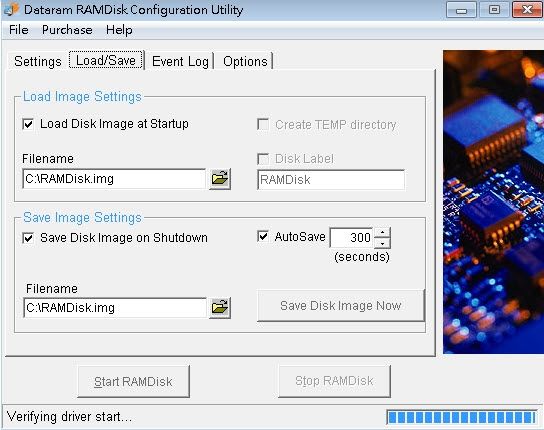

Better coded and optimized RAM disk software really can make a difference in how well the disks perform. Although you might think RAM disks all work at the same speed because they use the same physical RAM, that is not the case. There are several applications around that can create RAM Disks for you, some are shareware or commercial products but quite a few are free to use. For example, we’ve talked previously about how Firefox performance can be improved by storing some of its files in RAM. Another usage scenario is storing specific programs or data files you use often for faster loading. One common usage is storing the system temporary files or cached files from your web browser or other software. RAM Disks can be very useful and if you have the memory available, using system RAM as a disk drive can really speed up certain operations.

This will help you to troubleshoot out of disk space or out of inodes issues on a ESXi. vsish -e get /system/visorfs/ramdisks//statsĮxample for root ramdisk ~ # vsish -e get /system/visorfs/ramdisks/root/stats VisorFS ramdisk The comand below will give more details about a single ramdisk. ~ # esxcli system visorfs ramdisk list Ramdisk Name System Include in Coredumps Reserved Maximum Used Peak Used Free Reserved Free Maximum Inodes Allocated Inodes Used Inodes Mount Point - root true true 3278 KiB 39 KiB 88 % 88 % 8192 8192 5257 / etc true true 2862 KiB 504 KiB 712 KiB 98 % 98 % 4096 1024 527 /etc tmp false false 206 KiB 84 % 0 % 8192 8192 3770 /tmp hostdstats false false 24 KiB 91 % 0 % 8192 32 5 /var/lib/vmware/hostd/stats

system visorfs ramdisk list List the RAM disks used by the host. It also shows you the usage of inodes per ramdisk. The command below will let you check the space that is free on the host for each of the ramdisk mount points.


 0 kommentar(er)
0 kommentar(er)
